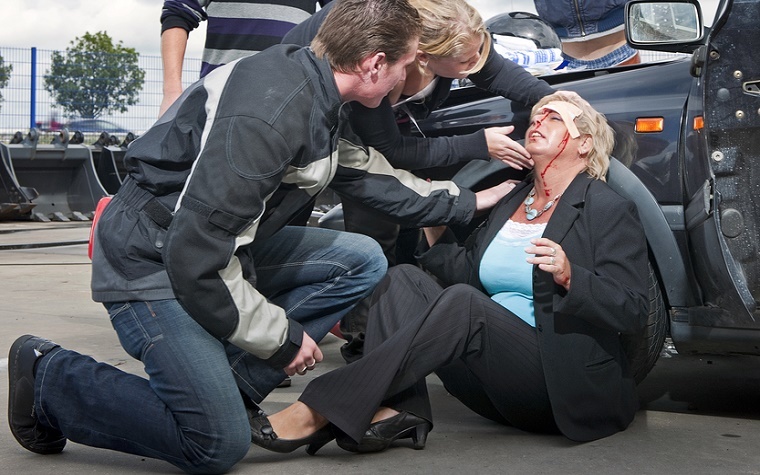
The Stop the Bleed initiative recently launched by the White House is aimed at providing bystanders at the scenes of emergencies with the tools and knowledge to stop life threatening bleeding.
Bystanders are often the first people to tend to victims of accidents, and although they can't usually offer true medical intervention, there are things they can do to lead to a better outcome.
"I recently attended the White House launch of the Stop the Bleed initiative, which aims to educate Americans about how they can offer assistance in an emergency," American Academy of Family Physicians Board Chair Robert Wergin said in a blog posting. "Family physician Kevin O'Connor, physician to the vice president, said during the event that we must move more people from being bystanders to 'by-doers.'"
Other health care providers at that gathering spoke about the psychology involved when bystanders intervene in emergency situations, Wergin said. Essentially, the more bystanders there are at an incident, the less likely one of them is to do anything - it is more likely that a person who is alone will take action.
"The mindset in our culture has been for the general public to wait for emergency personnel, but with life-threatening bleeding - even with a quick response time by paramedics - survival is not likely without immediate action," Wergin said.
In the coming weeks, an ad campaign featuring a logo will be released for the Stop the Bleeding initiative. In addition, bleeding control kits will be placed by defibrillators in public locations.
"We can share related resources with patients and our communities by posting them on our websites or social media," Wergin said. "The bottom line? Don't be a bystander, be a by-doer."